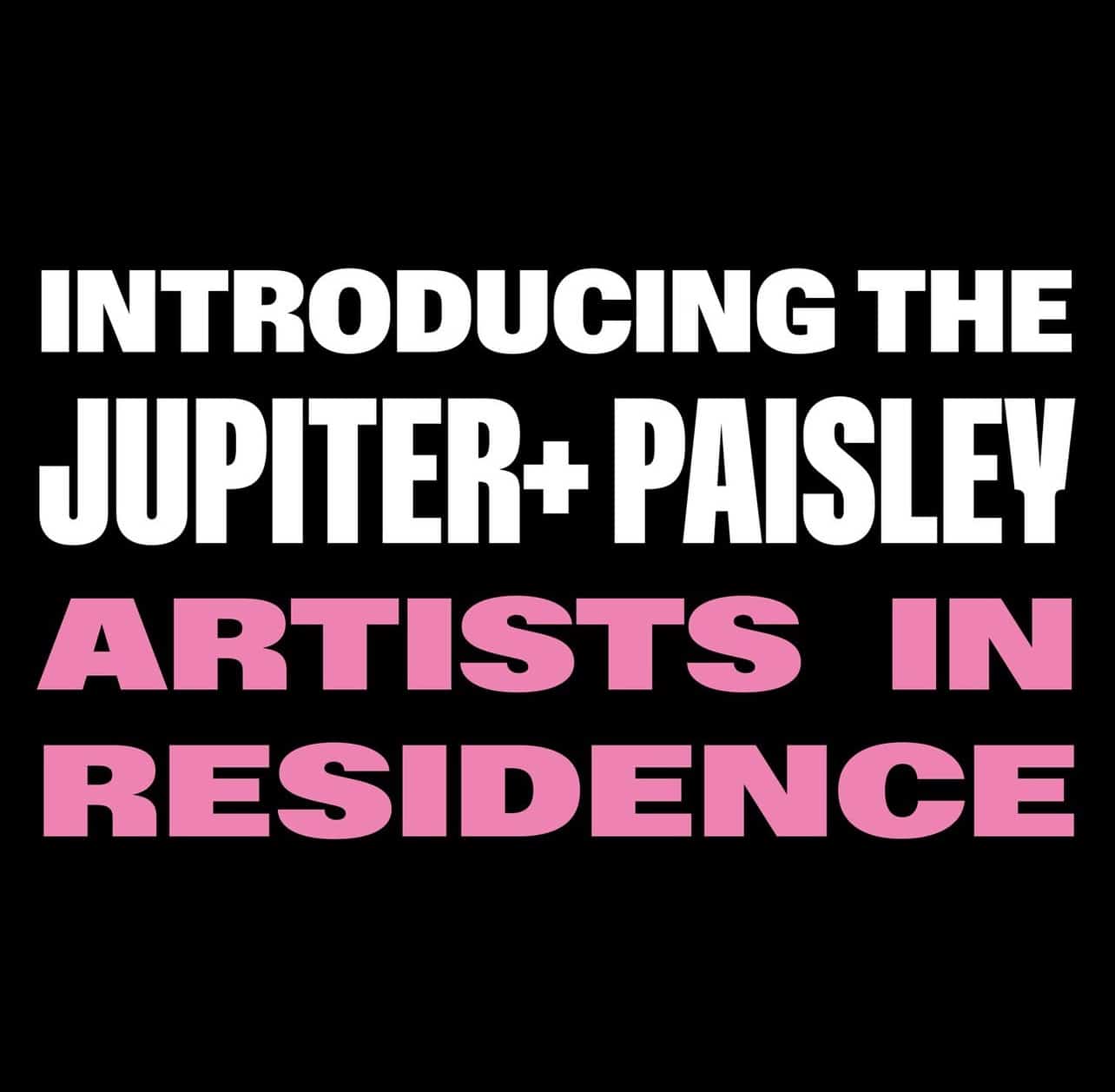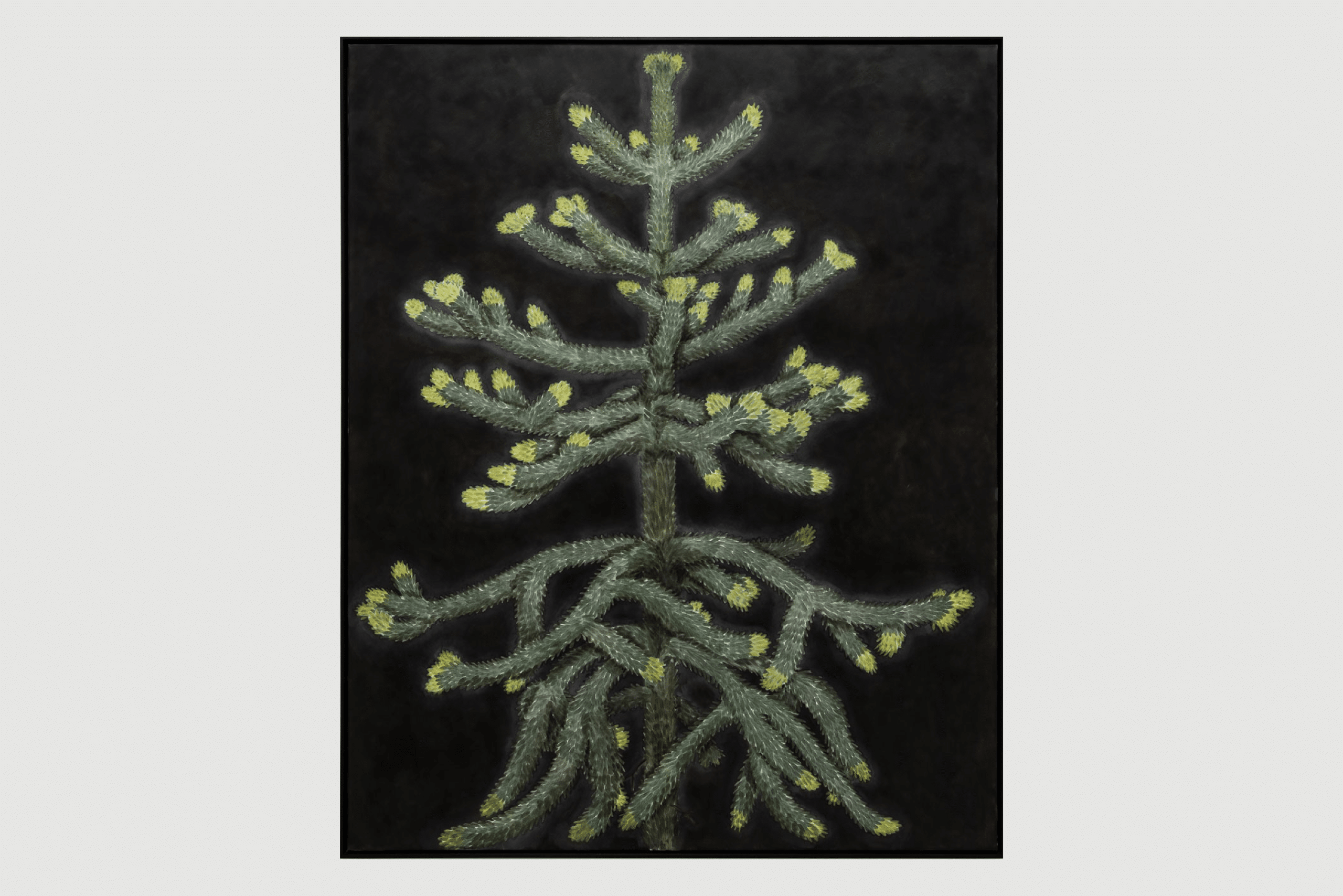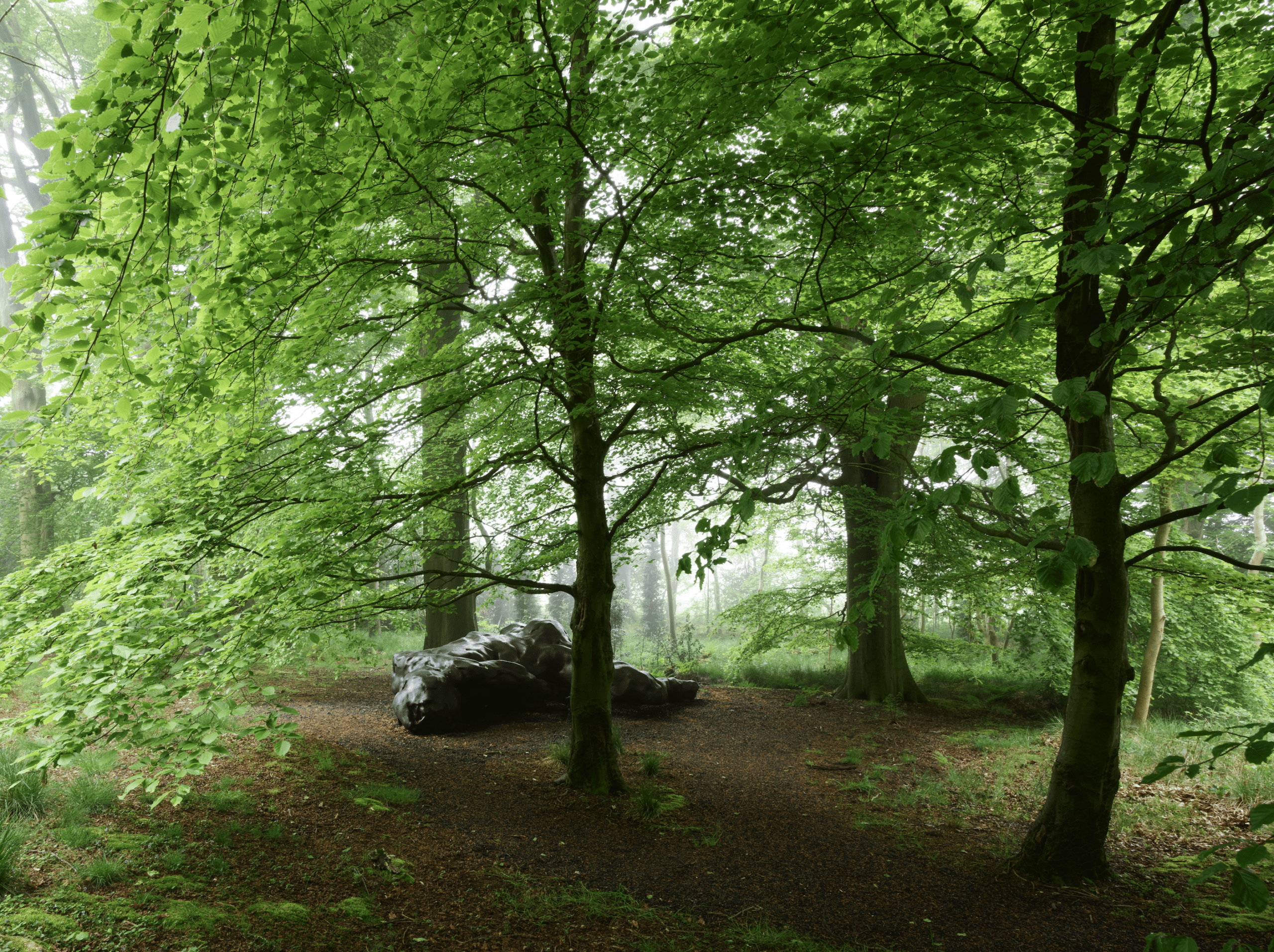About Christian Boltanski
Born in Paris, France, in 1944. His mother of Corsican origin and a Catholic, was a writer; his father, a Ukrainian Jew from Odessa, was a physician. Boltanski’s childhood was marked by the postwar era and the Holocaust. At age 12 he left school and started to paint and that was when he decided to be an artist.
Death, life and identity were recurrent themes in his work, marked by an intention to file and remember that goes beyond what is explicitly present. Boltanski resorted to fragile materials (old photographs, used clothing, personal and used daily items, newspaper clippings, letters etc.) as evidence of the brevity of life.


















